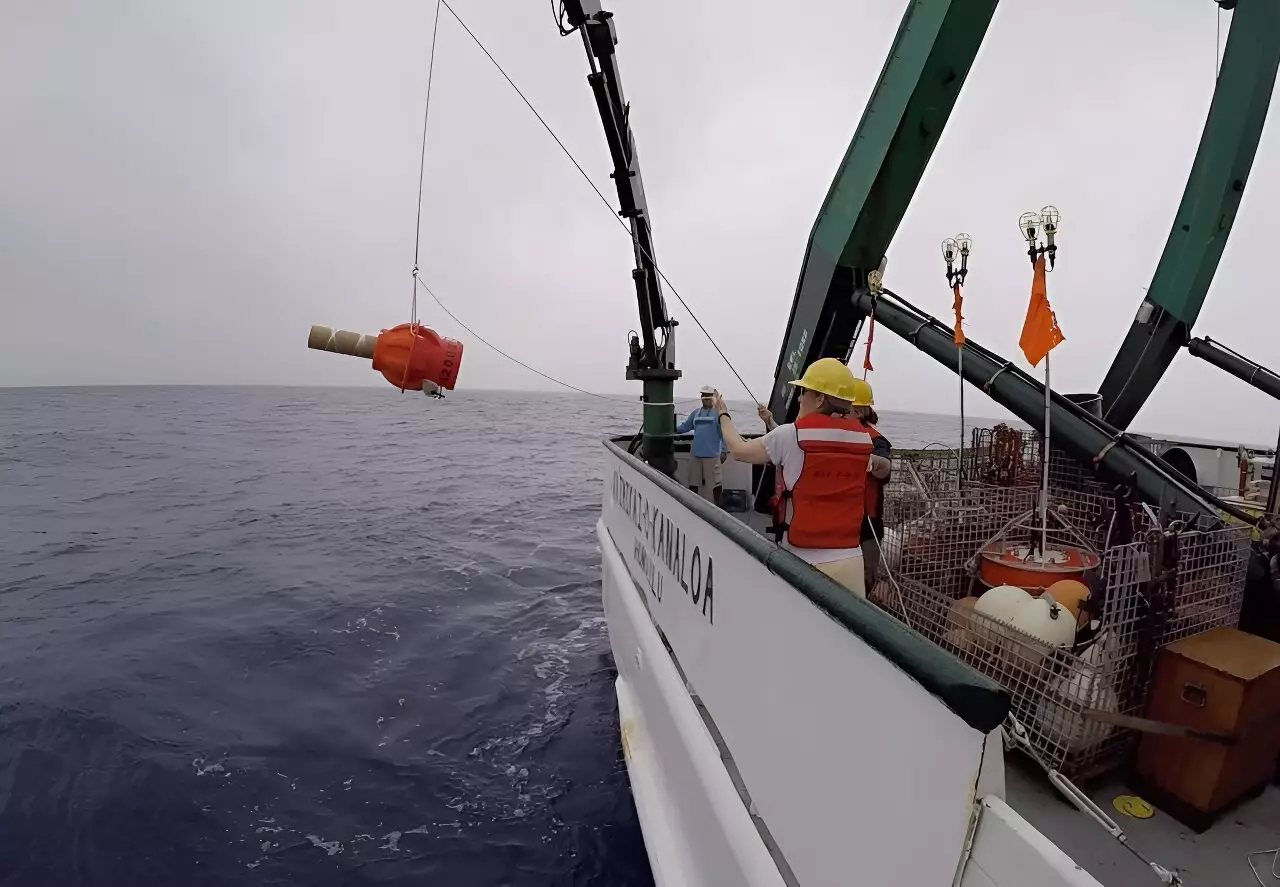Recent advancements in oceanographic technology have provided significant insights into the alarming trends of global warming, particularly within the depths of the ocean. A study released on September 19 in *Geophysical Research Letters* utilized data from innovative deep-sea robots known as Deep Argo floats in conjunction with historical data from research vessels. This research has heightened our understanding of the warming rates in various regions of the deep ocean, a phenomenon critical to addressing climate change concerns.
Oceanographer Greg Johnson from NOAA’s Pacific Marine Environmental Lab spearheaded the research, emphasizing that the warming of the oceans plays a crucial role in the overarching narrative of climate change. The study indicates that certain sections of the deep ocean are experiencing temperature increases ranging from 0.0036 to 0.0072°F annually. This revelation underscores the significance of oceanic temperature fluctuations as a leading factor in global warming, revealing the complex interrelationships between atmospheric conditions and ocean dynamics.
What sets this research apart is not only its confirmation of prior findings regarding deep ocean warming but also the enhanced clarity regarding geographical patterns. The research indicates that the regions off Antarctica and Greenland are emerging hot spots for deep ocean temperature increases. Specifically, the warming waters originating from Antarctica are critical as they flow northward through the ocean’s conveyor belt, highlighting the interconnectedness of global ocean currents and climate systems.
The significance of this warm water movement cannot be overstated; it plays a pivotal role in influencing weather patterns and predicting future climate scenarios. With the increase in warming, researchers are becoming increasingly aware of the potential shifts in the global meridional overturning circulation, a system that is vital for understanding climatic shifts and extreme weather occurrences.
The study highlights a turning point in oceanography with the introduction of Deep Argo technology, which began its journey in 2014. Initially deployed in the Southwest Pacific, this sophisticated system is designed to probe the deep ocean layers, reaching depths up to 6,000 meters. The establishment of Deep Argo floats has expanded globally, now monitoring deep ocean conditions in multiple critical regions such as the South Atlantic and the Indian Ocean.
The significance of these advancements lies in their ability to improve the accuracy of climate models. By reducing uncertainties about deep ocean warming—previously only estimated using sparse measurement data—the Deep Argo floats allow researchers to create more precise predictions about future climatic developments. With better models, society can better prepare for the ramifications of climate change, including rising sea levels, altered precipitation patterns, and intensified tropical cyclones.
While current findings are promising, Johnson and other scientists emphasize the need for continued innovation and expansion of the Deep Argo program. The creation of a global array of Deep Argo floats is paramount in developing a comprehensive understanding of oceanic temperature patterns over time.
By establishing a broader network, researchers aim to capture changes in ocean temperatures and salinity patterns, allowing for advanced predictions of climate changes decades ahead. Not only will this facilitate a deeper understanding of ocean dynamics, but it will also arm policymakers and communities with the insights necessary to navigate the future challenges posed by climate change.
As we stand at a pivotal moment in climate research, the findings surrounding deep ocean warming provide both concern and hope. The integration of modern technologies, such as Deep Argo, illustrates the potential of science to illuminate hidden truths within our planet’s oceans. While the challenges of climate change loom large, the ongoing commitment to understanding our oceans provides a critical pathway for mitigating its impacts and safeguarding our environment for future generations. The work being done today is not just academic but essential in addressing one of the most pressing issues of our time.


Leave a Reply